Editor’s note: The Conversation provided this story to AP clients. The material is not guaranteed by the Associated Press.
The arrival of English Puritans and Pilgrims in the 17th century and their struggle for religious freedom are the subject of countless articles every November. There are tales of the first Thanksgiving feast and the establishment of Massachusetts Bay Colony.
The two groups are considered interchangeable by the general public. They have emerged as key protagonists in the origin story of the archetypal American holiday.
However, being a student of both American and English history, I am aware that the two groups differ greatly. Their treatment of Native Americans and their distinct religious views are the most telling examples of this.
Where did the Pilgrims come from?
The English Puritan movement, which began in the 1570s, gave rise to pilgrims. The Puritans desired more progress from the English Protestant Reformation. They wanted to remove Catholic aspects from the Church of England, such as bishops and kneeling during services.
Every Puritan church established a unique covenant with God and submitted alone to the Almighty. Evidence of a holy life—that is, proof of their own successful and moral lives that would guarantee them eternal salvation—was what Puritans sought. They believed that material prosperity was an indication of one’s eventual admission to heaven, though it was not a guarantee.
Some Puritans turned into what academic Nathaniel Philbrick refers to as Puritans with a vengeance after 1605. They turned to radical separatism and left England and its corrupt church behind.
Soon, these Puritans would literally become pilgrims, willing to journey to far-off places to worship as they saw fit.
After sailing to Leiden, Holland, in 1608, a group of 100 Pilgrims established themselves as a distinct church that worshipped and lived independently.
Leiden did not satisfy them. They made the decision to travel to the New World in 1620 aboard the Mayflower, a leaky ship, since they thought Holland was similarly immoral and wicked. Less than 40 Pilgrims made the difficult trek to what would be known as Plymouth Colony with 65 unbelievers, whom the Pilgrims referred to as strangers.
Hardship, survival and Thanksgiving in America
The majority of Americans are aware that during the first severe winter of 1620–1621, about half of the Mayflower’s passengers perished. Only the support of Native Americans, most notably Squanto, allowed the precarious colony to endure. In the fall of 1621, Pilgrims joined Native Americans for a feast to honor, not celebrate, their survival.
What we now call Thanksgiving, however, was a spiritual devotion for the Pilgrims rather than a feast. Thanksgiving was not a holiday; it was a serious time. It wasn’t a vacation.
The 65 strangers, who were mostly uninterested in what the Pilgrims perceived as pressing issues about their own eternal salvation, still controlled Plymouth.
In a few short years, the Pilgrims became what historian Mark Peterson refers to as spiritual orphans because there were so few Protestant clerics among them. William Brewster and other lay Pilgrims performed services, but they were not qualified to perform Puritan sacraments.
Pilgrims and Native Americans in the 1620s
However, the conversion of Native Americans was not a direct goal of the Pilgrims. According to academics like Peterson, English author Rebecca Fraser, and Philbrick, the Pilgrims valued and admired Native Americans’ intelligence and shared humanity.
Edward Winslow’s writing was an early example of Pilgrim concern for Native Americans’ humanity. One of the main Pilgrims who founded Plymouth was Winslow. He published Mourt’s Relation, the earliest book about life in New England, in the home country in 1622, barely two years after the Pilgrims arrived.
He commended Native Americans for being exceedingly trustworthy, quick to grasp, ripe-witted, and just, despite his belief that they are a people devoid of religion and knowledge of God.
“We have found the Indians to be very loving and faithful in their covenant of peace with us,” Winslow continued. Some of us have traveled fifty miles by land in the country with them; we frequently go to them, and they come to us.
Winslow described extensively caring the Wampanoag leader Massasoit as he lay dying, even going so far as to spoon-feed him chicken broth, in his second published book, Good News from New England (1624).This episode is described as “very tender” by Fraser.
The Puritan exodus from England
Winslow’s opinions would not be shared by the thousands of non-Pilgrim Puritans who stayed behind and suffered in England. What they believed to be their own heavenly mission in America was more important to them.
Following 1628, powerful Puritan clergymen engaged in open conflict with the English Church and, more concerningly, with King Charles I, the Bishop of London, and William Laud, the Archbishop of Canterbury.
Thus, hundreds and then thousands of Puritans decided to accompany the small group of Pilgrims to America and leave England behind. However, these Puritans never saw themselves as separatists. They would return to assist in governing England after what they believed would be the final victory of the Puritans who stayed in the mother nation.
Compared to the Pilgrims of the 1620s, the American Puritans of the 1630s and later were more fervent and anxious about salvation. Proof of godly status—that is, evidence of a prosperous and moral life that leads to eternal salvation—was required by Puritans, who strictly regulated both the church and society. They also had a keen awareness of that mission to the New World, which was sent by God.
Puritans felt that in order to raise Native Americans to holiness, they needed to find them and convert them. Thus, in what became known as the Great Migration, tens of thousands of Puritans flocked to Massachusetts Bay Colony. They had already encircled Plymouth Colony by 1645 and would eventually engulf its remains.
Puritans and Native Americans in the 1630s and beyond
During this time, Massachusetts Bay Colony, which was dominated by hundreds of Puritan clergy, was all about evangelizing, expansion, and emigration.
As early as 1651, 199 Native Americans who the Puritans had classified as praying Indians had been converted by Puritan evangelists such as Thomas Mayhew.
There was an uncomfortable balance with Europeans for those Native Americans who became Christians and joined the Puritans in prayer. Those who opposed what the Puritans believed to be God’s purpose faced severe punishment and frequently even death.
However, the culture and fate of those who fell prey to the Puritans’ evangelism were drastically and irrevocably altered.
War with Native Americans
King Philip’s War (1675–76) was a catastrophic result of Puritan cultural domination and discrimination. In response to the killing of praying Indian John Sassamon, the Massachusetts Bay Colony worried that Metacom, the Wampanoag chief named by Puritan King Philip, intended to attack English towns across New England.
A 14-month full-scale conflict between colonists and Native Americans over territory, religion, and economic dominance grew out of that mistrust. It would turn out to be one of the bloodiest wars in American history per capita.
Hundreds of Native Americans were sold into slavery and servitude, and thousands had been slaughtered by September 1676. For years to come, King Philip’s War established a concerning standard for Anglo-Native American interactions over the majority of North America.
The Pilgrims’ true legacy
Thus, Puritans and Pilgrims shared a religious culture in England in the 1570s. In the New World, they became one and the same 70 years after diverging in the early 1600s.
In the interim, Pilgrim separatists set ship for Plymouth, made it through a harsh first winter, and gathered with Native Americans for a hearty harvest banquet. Thanksgiving is traditionally a time to remember the bravery and perseverance of the early pioneers.
The Puritan colonists who came after the Pilgrims, however, sadly and tragically lacked the humanity that Pilgrims like Edward Winslow had toward the Native Americans they came across. As a result, Thanksgiving’s lasting legacy is and will continue to be mixed.
The Conversation is a nonprofit, independent source of news, commentary, and analysis from experts in academia. The content is entirely the responsibility of the Conversation.
Note: Every piece of content is rigorously reviewed by our team of experienced writers and editors to ensure its accuracy. Our writers use credible sources and adhere to strict fact-checking protocols to verify all claims and data before publication. If an error is identified, we promptly correct it and strive for transparency in all updates, feel free to reach out to us via email. We appreciate your trust and support!

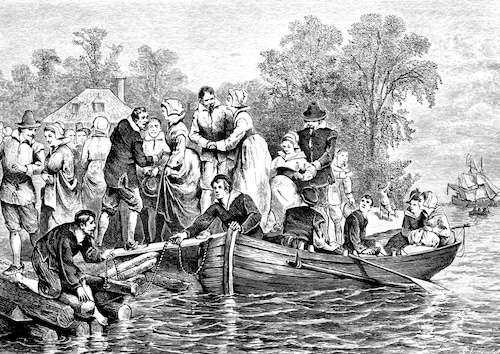
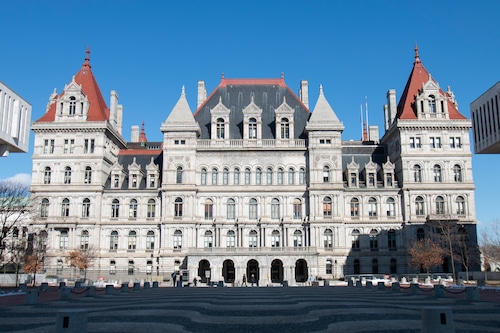
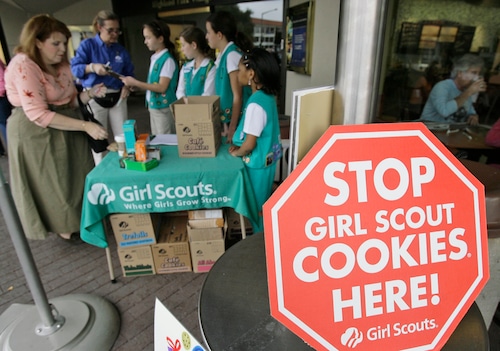

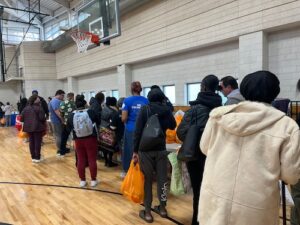
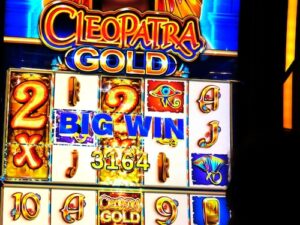
+ There are no comments
Add yours